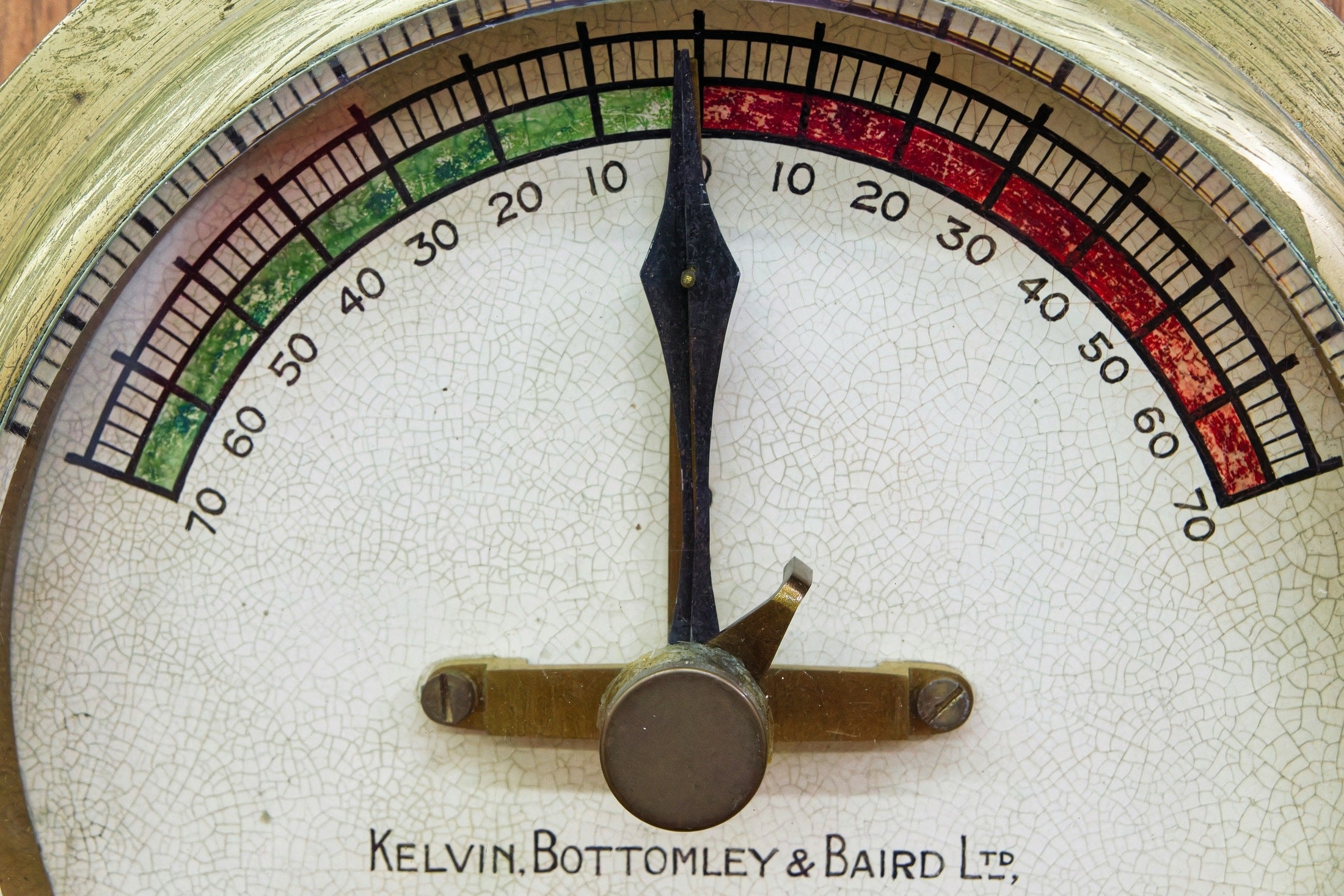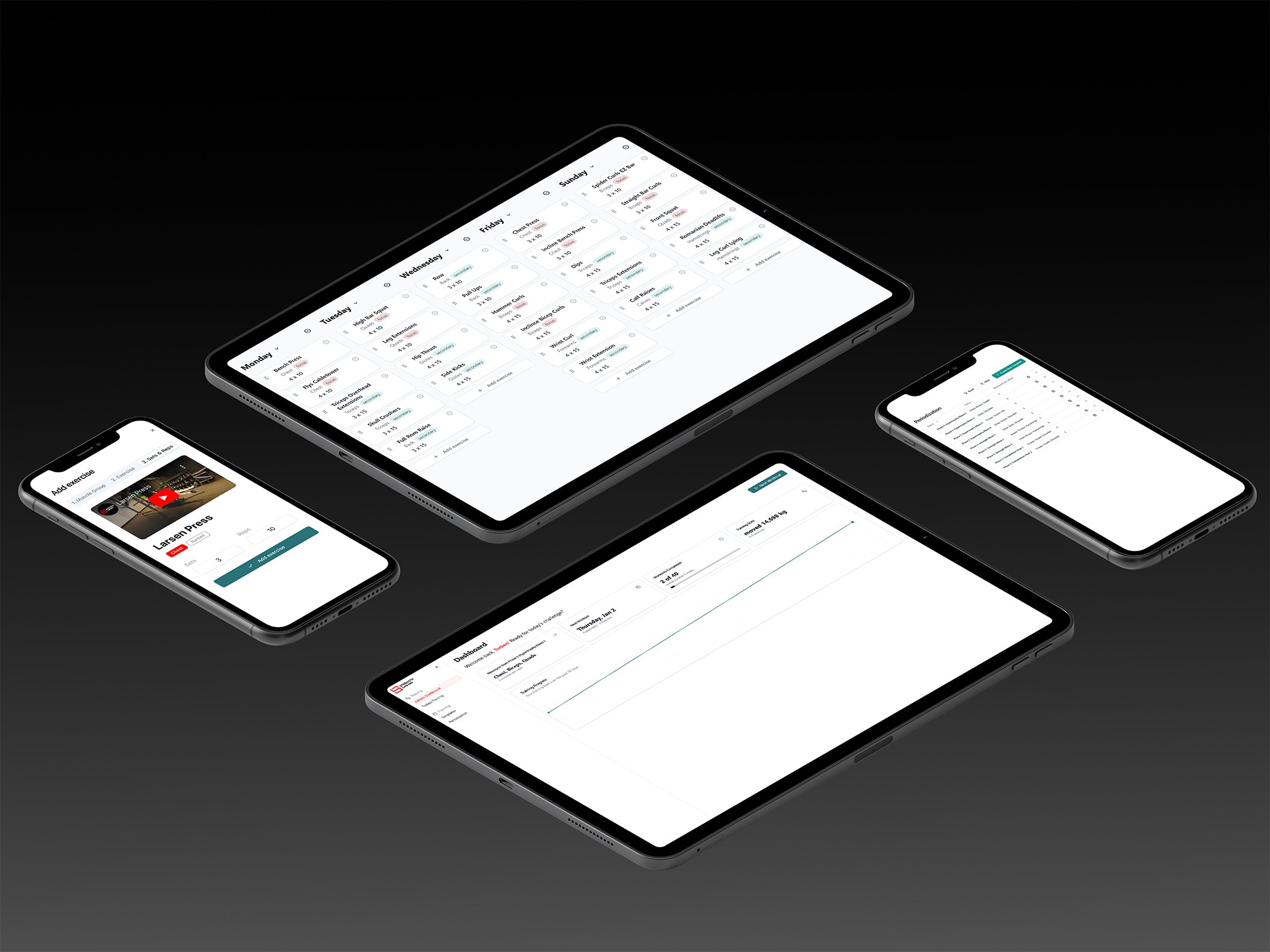RPE Scale: What Does Rate of Perceived Exertion (RPE) Mean?
The Rate of Perceived Exertion (RPE) scale is a subjective method used to measure how hard you feel you’re working during physical activity. Rather than focusing only on external metrics like heart rate or speed, the RPE scale allows you to gauge your exercise intensity based on internal sensations. Understanding RPE can help you optimize training, prevent overexertion, and improve long-term progress.
Understanding RPE and Its Importance
What is the Rate of Perceived Exertion?
The RPE is a scale measuring exertion during exercise. RPE stands for Rate of Perceived Exertion and gives athletes and lifters a way to estimate how demanding a workout feels. Whether in resistance training, strength training, or endurance sports, using RPE lets you assign a numerical value to your effort, helping adjust intensity levels on the fly.
History and Development of the RPE Scale
The RPE scale was developed by Swedish researcher Gunnar Borg. Borg’s original 6-20 scale was designed so multiplying the RPE by 10 gave you an approximate actual heart rate. Over time, the more intuitive 0–10 scale emerged and became widely used. Both scales allow for measuring exercise intensity, with the 0–10 version offering finer granularity for weightlifting, cardio, and other sports.
How the RPE Scale Works
The RPE typically ranges from a scale of 1-10, with 1 representing minimal exertion (like resting) and 10 representing maximum effort. To use the RPE scale effectively, focus on how your body feels during exercise. Factors like breathing rate, muscle fatigue, and overall strain contribute to your perception of effort. In weightlifting and powerlifting, the RPE is often associated with Reps in Reserve (RIR), estimating how many reps are left in the tank at a given intensity. For example, a rating of 10 RPE means going to complete failure, RPE 8 means a hard effort with about 2 reps left, and a low RPE like 5 means a moderate effort you can sustain comfortably.
How to Use the RPE Scale Effectively

Step-by-Step Guide to Using the RPE Scale
Start by learning the scale of 1–10 and what each number represents. During exercise, regularly assess:
-
Is your breathing steady or labored?
-
How fatigued are your muscles?
-
Can you maintain proper technique?
-
Are you able to hold a conversation?
This process helps you measure RPE consistently. Keep in mind that RPE ratings are subjective and vary based on your fitness level and the type of exercise you’re performing.
Common Mistakes When Using RPE
Common pitfalls include overestimating your effort (especially during a lifting session) and using RPE as a measure of ego rather than honest exertion. Another mistake is ignoring internal cues and focusing only on heart rate monitors, fitness watches, or external loads. To avoid this, combine subjective feelings with objective measures when appropriate
Integrating RPE into Your Workout Routine
Incorporate RPE by planning workouts with target intensities (RPE based). For example, work at higher RPE (RPE 7–8) on heavy training days and lower RPE zones like 5–6 on recovery days. The StrengthLab360 app lets you input and track your RPE across your entire mesocycle, giving you a clear picture of trends and adjustments over time. Log your RPE ratings in the Strengthlab360 app or a training journal alongside sets, reps, and loads. This helps you adjust training variables and autoregulate based on daily readiness.
Benefits of Using the RPE Scale in Training
Benefits of RPE Over Traditional Measures
RPE offers flexibility because it accounts for day-to-day fluctuations in sleep, stress, and recovery. Unlike fixed percentages of your one-rep max, RPE allows you to adjust training loads in real time. Best of all, the RPE scale requires no specialized equipment—you can use it anywhere, whether during exercise training at home or in the gym.

RPE in Strength Training and Weightlifting
In strength and conditioning, RPE can be a helpful and excellent tool for autoregulation. For instance, if you target an RPE of 7, you’re choosing a load that allows for three reps in reserve. This approach balances intensity and volume, promoting strength gains and hypertrophy while reducing the risk of injury. Going to 9 or 10 RPE occasionally can recalibrate your sense of effort, improving the accuracy of your daily ratings.
How RPE Helps Monitor Progress
Tracking RPE over time reveals how your fitness level and strength level evolve. As you adapt to training, the same workload may produce a lower RPE—a clear sign of improvement. Monitoring trends in RPE during exercise enables you to fine-tune programming, avoid burnout, and maintain progressive overload without excessive strain.
The Borg Scale and Its Relation to RPE
Understanding the Borg RPE Scale
The Borg RPE scale (6–20) is the foundation of modern exertion measurement. Developed by Gunnar Borg, it correlates well with heart rate, making it useful in both clinical and athletic settings. Today, the 10 RPE scale is often favored for its simplicity, but both scales help measure exercise intensity and standardize communication between coaches and athletes.
Comparing Borg Scale and RPE Scale
While the terms Borg scale and RPE scale are often used interchangeably, it's useful to recognize distinctions. Borg initially created the 6 to 20 scale, aligning with approximate heart rate ranges. Later, a scale of 0-10 RPE scale emerged, offering a finer-grained perceived exertion scale. Both aim to quantify the intensity of your workout, but the 0-10 RPE scale is often considered more intuitive. Both of these scales help with understanding RPE, providing a method to measure effort during weightlifting.
Applications of the Borg Scale in Fitness
The applications of the Borg scale in sport are wide-ranging, from strength training to bodybuilding. Athletes use RPE to guide their training sessions, ensuring they're working at the appropriate exercise intensity. The Borg scale can also aid in monitoring progress and preventing overtraining. By regularly assessing their rate of perceived exertion, individuals can tailor their workouts to meet their specific goals and needs. When using the RPE scale, the risk of injury is drastically reduced.
Measuring RPE: Techniques and Tools
Self-Assessment Techniques
Effective self-assessment is crucial for accurately measuring RPE. Individuals should focus on internal cues like breathing rate, muscle fatigue, and overall strain. Before, during, and after exercise, ask yourself how hard you feel you're working on a scale of 1 to 10. Be honest with yourself and avoid comparing your level of exertion to others. Over time, this practice will help you develop a better understanding of your own perceived exertion during physical activity.
Using Technology to Measure RPE
While RPE is subjective, technology like heart rate monitors, fitness watches, and training apps can offer supporting data. The StrengthLab360 app, for example, helps ensure you consistently hit the right RPE, monitors accumulated fatigue, and tracks RPE trends across sessions. These tools help contextualize your perceived effort but should complement, not replace, your internal assessment. Remember: only you can truly determine your exertion.

Incorporating RPE into Fitness Assessments
Integrating RPE into formal assessments (like VO₂ max tests or functional threshold power tests) provides valuable insight into both objective performance and subjective experience. Using RPE in this way supports smarter training prescriptions and helps ensure athletes stay within appropriate intensity zones without unnecessary risk of injury.







